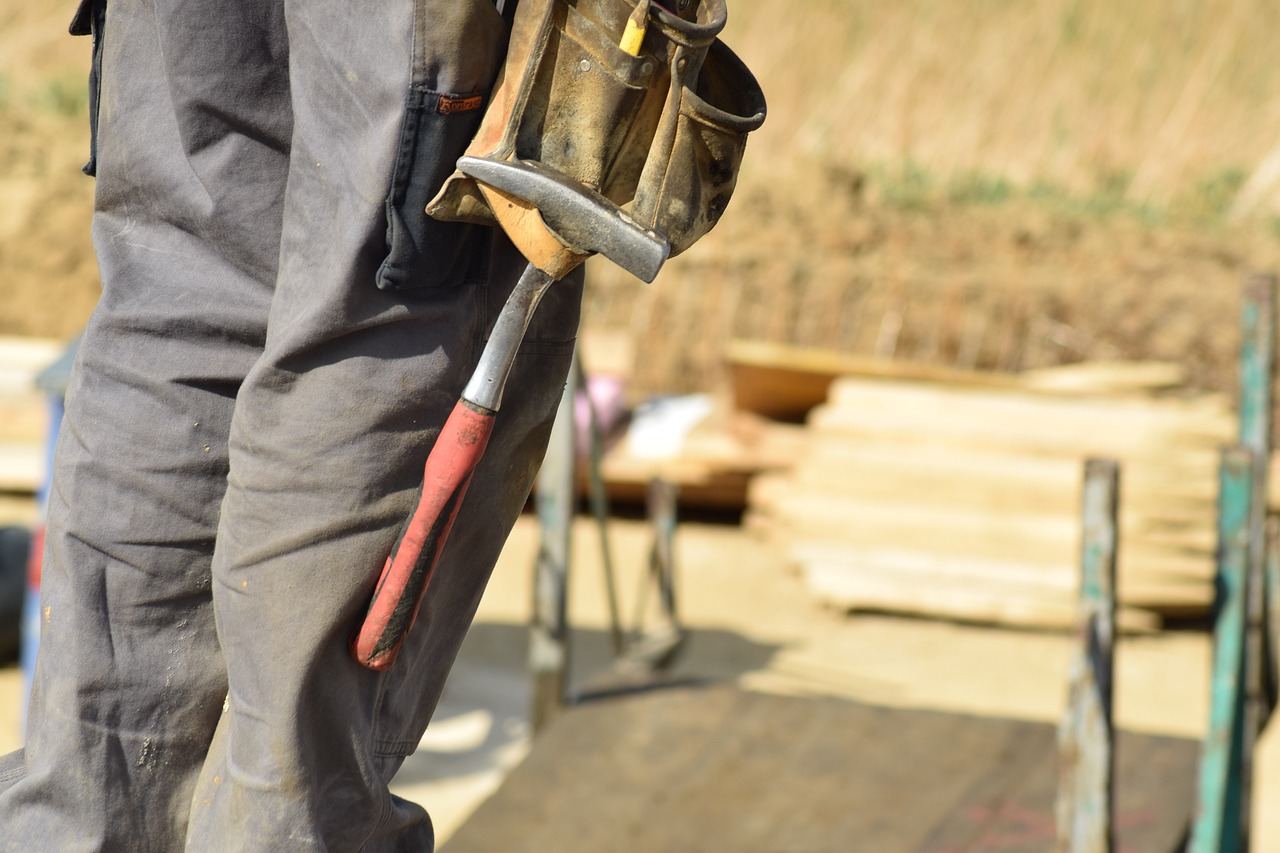The Skilled Labor Shortage
What’s the Best Time to Sell A House? 4 Factors to Consider
When it comes to selling your home, timing is everything. Traditionally speaking, late spring and early summer is the sweet spot to ensure you get the best price for your home. Specifically, you will usually see the highest sale prices nationwide in late May or early June. Listings fly off the market fastest in July if you are looking to sell quickly.
Surprisingly, your sale price could also increase simply based on what day of the week you choose to list your home. Listing your house on a weekday, specifically Tuesday through Thursday, could net you an average of $2,000 higher than a weekend listing. This number fluctuates based on your location. In some cities, like Chicago, you could see an upsurge close to $8,000, while in smaller cities, you may only see an increase in the mid-hundreds.
Every area is unique, and the best times of year to sell can change over time. All homeowners should consider these four factors to determine the best time of year to sell: local seasonality, interest rates, location, and market conditions.
If this seems like an overwhelming task to take on alone, you don’t have to! Your Realtor® has the resources to help you navigate this process head-on and crush your goals. The first step is understanding each of the above influences and how they affect the market – so let’s break them down.
1. Local Seasonality
While months in late spring or early summer are generally the best time to sell nationwide, it might be different in your specific location. Ensuring a great first impression is essential to selling quickly and for top dollar, so stellar curb appeal is your best friend when listing your home. In many northern states, it isn’t surprising to still see snow well into April, so the opportunity to perfect curb appeal doesn’t arise until mid-May. This is why cities like New York and Minneapolis yield the highest sale prices in June – with Minneapolis seeing an increase of 7.4% in selling prices and New York’s prices increasing by almost 11%!
Another reason early summer listings are so abundant is that it is more convenient for families. Both buyers and sellers prefer not to relocate their children in the middle of a school year, so they opt to make the transition during the summer when kids are out of school. It is also crucial to keep in mind that, on average, it takes about three months to close on a sale, so the process could potentially take you the entire season.
If you are selling in a warmer climate, you may benefit from listing in cooler months. Southern cities like Atlanta and Tulsa tend to see the highest list prices in March, with Atlanta at an increase of 5.4% and Tulsa seeing prices increase by 6.3%. Because the warmth of spring sets in early down there, sellers can tackle maintenance tasks that were put off during the winter and get their homes ready sooner than those in cooler climates.
If you are in an area that is high in tourist traffic or a location where many out-of-staters buy vacation homes, the prime time to list is actually between Thanksgiving and Easter. This time of year is chilly in most states, so buyers daydream about making their sunny vacation homes a reality in warmer tourist locations like Florida. However, some places that experience steady temps year-round don’t see a significant upsurge in listing prices. For example, the highest housing costs in Los Angeles happen in March, but prices only increase by 2% on average. So, it may not benefit sellers to wait till spring to sell in markets with relatively static weather patterns.
2. Interest Rates
It is essential to understand current interest rates before listing your home. When the economy is booming, interest rates increase. But heightened interest also means a spike in mortgage loan costs. This may lead otherwise eager buyers to second-guess their timing. They may be more hesitant to make an offer or even check out open houses. As a general rule, if interest is low, it will be easier to sell your home. But this may not be a deal-breaker for you based on your location. Chat with your Realtor® about current interest rates and how they will affect your goals.
Your agent will also be able to give you valuable insight into your competition. Understanding what similar homes have sold for in your area will give you the upper hand once you go to market. But it isn’t enough to compare homes solely based on location and number of rooms. Suppose a house down the road with the same number of bedrooms and bathrooms sold for $540,000 just last week. You can’t expect you will automatically score the same profit, especially if they had invested in updates before selling, like an updated kitchen or new roof. Pre-listing updates are essential to unlocking the true value of your home. If you are tight on time and budget, start tackling deferred maintenance first. Buyers don’t want to worry about fixing crooked cabinets, a leaky faucet, or peeling paint. These little upgrades will add up and make your home more appealing to buyers.
3. Location
As we discussed above, location can play a significant role in your home sale because of shifts in weather, but location is important for various factors. Talk with your agent about the strengths of your home’s location. Are you near a school, a body of water, or a popular, bustling downtown hub? All these factors would make your home more appealing to potential buyers.
Sale prices will differ based on whether you are in a booming city, a suburb, or a more rural region. Historically, a higher population meant more demand for housing. But since the pandemic increased WFH, we are seeing a mass exodus out of major cities. Now, prospective buyers look more on the city’s fringe or in the suburb where they can get more space.
4. Market Conditions
During a seller’s market, houses will sell faster and for much more. In a booming seller’s market, it isn’t unusual to see buyers waive certain best practices. Things like requesting an inspection or requiring specific updates are often dismissed. Because of this, many sellers opt to sell their dated homes as-is and still get to closing quickly.
But, when home sales and prices start leveling out and houses are staying on the market for a bit longer, it’s an indicator things have shifted to favor the buyer. Like any industry, real estate prices will ebb and flow. In a shifting market, it is wise to get your home inspected and make any appropriate updates required before listing. Modern buyers prefer move-in-ready homes, so investing in upgrades before going to market will net you a higher profit, even in a buyer’s market.
The worst time to sell?
We’ve discussed the more opportune time to sell, but for every city, there is also a wrong time to sell. Generally, the worst months to sell are between September and February, but other factors can determine a poor time to list. Maybe many homeowners are listing now, creating more competition, or possibly the buyer pool is more shallow. Agents discourage listing during times that are predictably travel-heavy or seasons traditionally spent with family. During times like these, you won’t gather as much buyer interest.
Whether in a seller’s market, a suburb, or in the peak of springtime, pre-listing improvements should be your top priority. Ensuring your home is updated and eye catching will win you more offers and allow you to sell for higher.
Curbio is here to help you tackle all pre-listing updates that make your home shine. From presentation cleanings to complete kitchen remodels. Find out more and chat with a home improvement consultant today!


